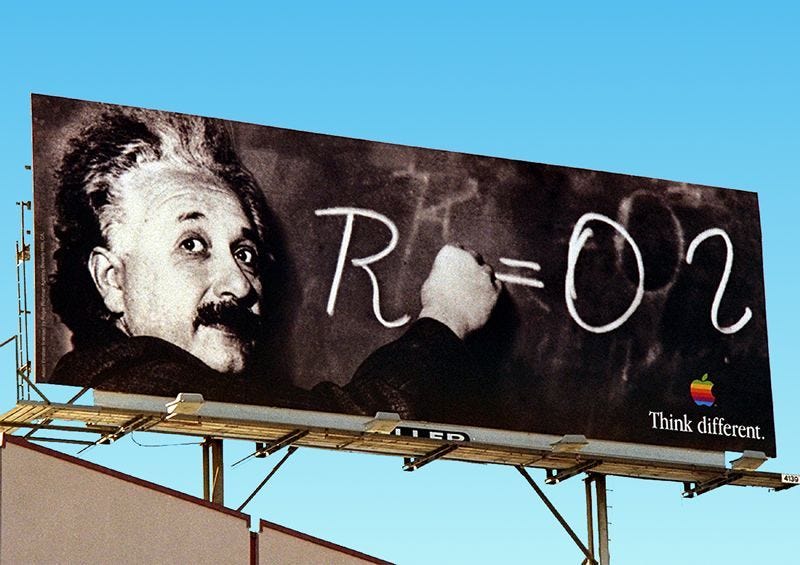Strategy and Startup
With accelerated technological changes and increased competition, Porter’s theory of competitive advantage from the 1980s matters more.
Strategy is about achieving fit for a system of activities to support a competitive positioning, according to Michael Porter. Although the theory is anchored in the analysis of industrial organizations, it offers useful insights for today’s startups.
Strategy typically refers to as a plan of action to achieve some objectives, be it outwitting the competition, achieving growth or gaining efficiency. That plan of action is an activity system. Porter conceptualized strategy as performing similar activities differently than rivals or perform different set of activities in order to create unique value for customers.
Strategy differs from operational effectiveness, which means doing similar activities better than your competitors. Operational effectiveness is necessary but not sufficient. For an enduring competitive advantage, startup builds a moat with strategic positioning.
There are three sources of strategic positioning, namely variety, needs and accessibility. A company can choose to compete based on variety, by offering selected features, product or services for a wide range of customers. DocuSign, for example, provides efficient document signing management, targeting users in different industries (e.g. insurance, real estate) and functional users (e.g. procurement, legal, sales, HR).
For needs-based positioning, a startup focuses on fulfilling all the needs of a user segment. Airbnb, for example, fulfill the lodging needs of those looking for alternative to traditional hotels.
Access-based positioning arises from geographical, regulatory or other constraints. Though internet technically can distribute a product globally instantly, it’s not always the case. products are not evenly distributed globally on the Internet. In some case, regulatory constraints limit the availability. Klarna and many BNPL players are not available in limited number of countries. Anomalies in each region means different competitive dynamics and allow different types of companies to thrive.
Creating a strategic positioning means identifying customers’ pain points, and jobs-to-be-done and productize a solution. The customers’ problem space contextualizes and rationalizes the positioning and answers “Why we exist?”
After the why, the next questions are what to do (activities) and how to do it (fit). The source of competitive advantage lies in chosen activities. An activity is the lowest level of abstraction within an organization. Interconnected activities becomes a process and a conglomeration of processes forms a system. “Competitive advantage grows out of the system of activities,” wrote Porter.
A company chooses activities to perform, what to do and what not to do. The selected activities must be cohesively and coherently aligned to achieve a strategic fit. Trade-offs must be made. For example, an app for everything a.k.a. a super-app can’t perform activities that provide high level of personalization for specific needs of a specific group of users. Trade-offs define differentiations.
The raison d'être of strategy is differentiation for strategic positioning. Startups must think and act differently than rivals to withstand Joseph Schumpeter's gales of creative destruction.
Source: What is Strategy by Michael Porter, Harvard Business Review (Nov-Dec 1996)


